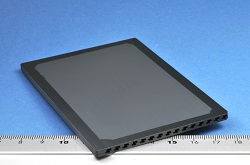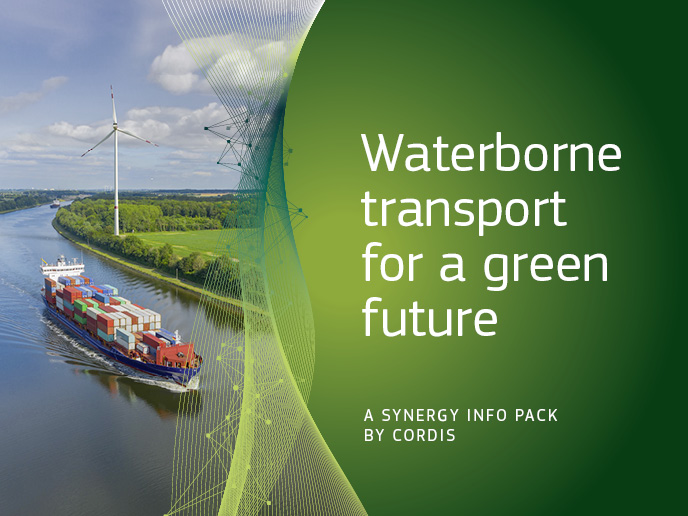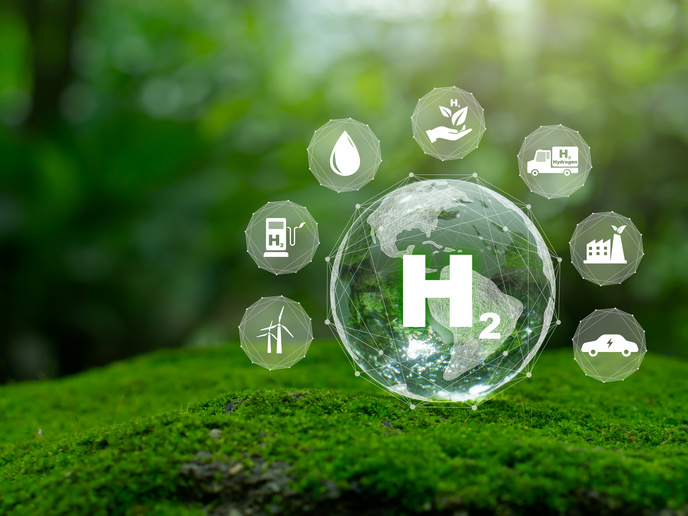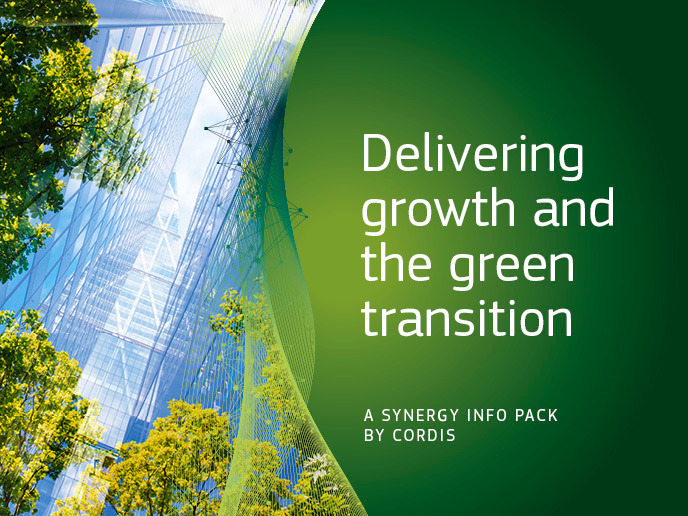New membrane technology for efficient carbon capture
One of the most effective methods for capturing CO2 from industrial sources is oxyfuel combustion, where the oxygen(O2) required is separated from air prior to combustion. This O2-rich, nitrogen-free atmosphere results in final flue-gases that consist mostly of CO2 and water, giving a more concentrated CO2 stream for easier purification. The main energy demand for this method comes from O2 generation, which is usually achieved through air liquefaction. This need for energy is significantly lowered by employing thermally integrated separation modules based on ceramic O2 transport membranes. The could mean up to a 60 % reduction in capture energy demand compared to cryogenic air separation, and up to a 40 % reduction compared to post-combustion capture approaches. Highly permeable membrane materials show chemical instability against CO2 and other flue gas components. The EU-funded GREEN-CC(opens in new window) project addressed this challenge by developing highly stable membranes and a proof of concept (PoC) module for integrated O2 generation in cement production and for oxyfuel-combustion and integrated gasification combined cycle power stations. Increased performance Researchers investigated four possible PoC designs using computational fluid dynamics and finite element method stress analysis. After evaluating the advantages and disadvantages of each concept, they selected the most promising one. “This comprised two asymmetric membranes on opposite side of an interlayer, providing both mechanical stability and flow channels for the ventilating gas. The components are stacked in a metal housing forming the module,” explains project coordinator Dr Wilhelm Meulenberg. Project partners also identified and synthesised a wide range of materials at the laboratory scale for high performance and stability. They also conducted permeation experiments and stability tests for CO2 and sulphur oxide (SOx) containing atmospheres. Lanthanum strontium cobalt ferrite (LSCF), which is stable under CO2 flue gas conditions was scaled up for the PoC-module for use as a reference material. Full size (7cm x 10cm) LSCF thin membrane components were developed and sealed in the PoC-module and tested under realistic operating conditions for 650 hours. Scientists studied the ability of dual phase composite materials to remain highly stable in CO2 and SOx environments. “To increase the performance of the membranes, several catalytic active materials mostly based on praseodymium and cerium oxides were tested and selected for use as porous surface layers on top of the membranes,” explains Dr Meulenberg. “Stability tests for these materials were conducted in CO2 and SOx containing atmospheres and their performance was measured.” A wide range of applications The consortium focused their membrane technology demonstration on an asymmetric thin-film O2 transport membrane with superior performance regarding high O2 permeation, infinite O2 selectivity, and high stability. Furthermore, additional optimised PoC modules may be built using both standard LSCF and dual phase membranes. Highly stable materials identified by project partners also show promise for use with technologies like catalytic membrane reactors for producing chemical energy carriers. “In addition to CO2-capture, GREEN-CC may be applied to the field of catalytic membrane reactors for producing commodity chemicals, chemical energy carriers, CO2-utilisation, waste decomposition or pure gas separation,” points out Dr Meulenberg. GREEN-CC deliverables will benefit members of the scientific community working on gas separation membranes and catalytic membrane reactors, and other industries where membranes are used. It will also benefit the wider public through CO2 capture and climate change mitigation.







